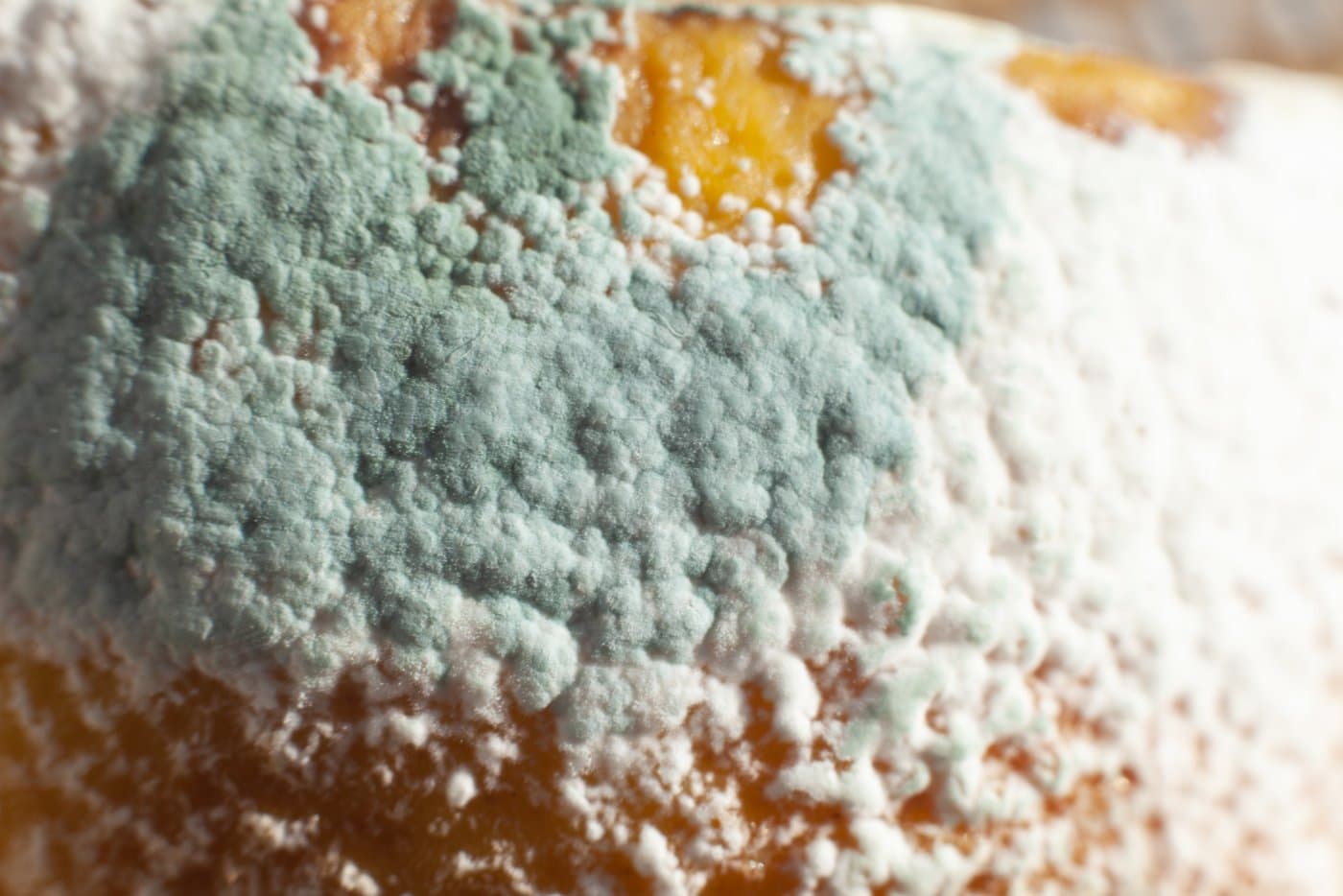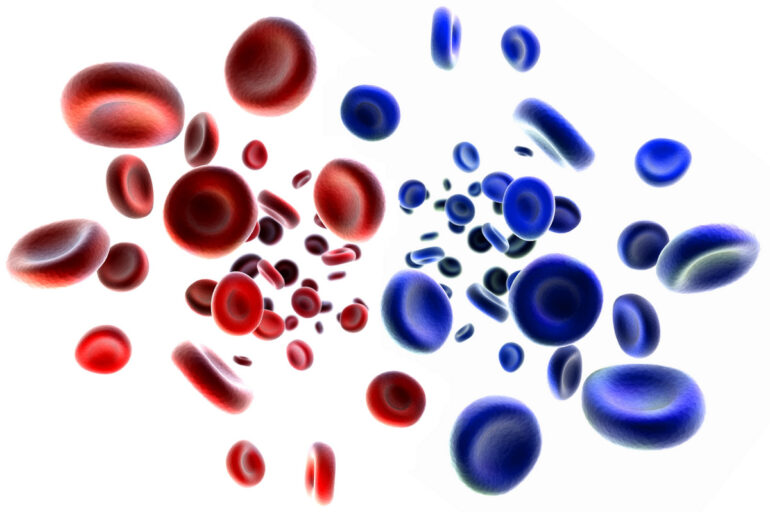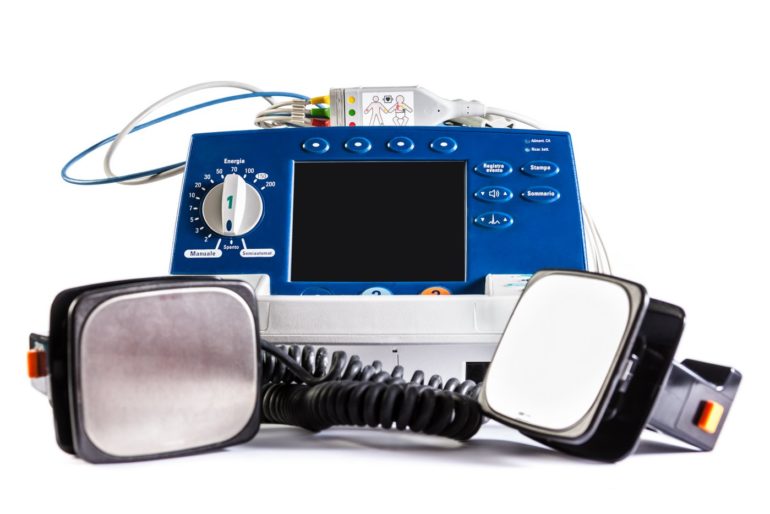Can you grow your own penicillin?
Is it possible to grow your own penicillin at home? Not just any mold, but actually make mold with medicinal benefits.
Solid gold mold
Penicillin was discovered rather accidentally by Alexander Fleming in 1928, when he noticed that mold growing in a petri dish had killed all the staph bacteria around it.
Since then, penicillin has gone on to become the most widely-used antibiotic in the world. It’s still used today, in fact, for certain susceptible bacterial infections, though many bacteria are now resistant to penicillin — partially due to over-prescription, partially due to the fact that bacteria adapt over time.
LEARN MORE: How penicillin was discovered, and how WWII let this miracle drug reach millions
Although penicillin was once difficult to produce and in great demand, a streamlined method of mass production was eventually discovered, and the price dropped dramatically with a corresponding dramatic increase in availability.
Of course, since penicillin is, at its core, derived from mold, this leads the thrifty and adventurous DIYer to wonder if it’s possible to grow their own antibiotics.
Cottage (pharmaceutical) industry?
The simple answer is: Yes. The mold that produces penicillin can be grown on a slice of bread or citrus fruit, and the procedure to actually create the penicillin from the mold spores can be accomplished with some simple chemicals that are fairly readily available.
Having said that, homemade penicillin should not be used unless it is in a survival-type situation, where doctors and/or commercially produced antibiotics are unavailable.
It’s entirely possible for toxic molds to grow along with the penicillin — or for mold inhibitors to grow as well. Not to mention that a large portion of bacteria these days are resistant to penicillin, so it may have little to no effect.
I cannot stress this enough — unless there has been a complete breakdown in society or you’re trapped in the jungle with nothing but lemons and a flask, do not take homemade penicillin.
Final thoughts
In short, if you suspect you have a bacterial infection, bite the bullet and go see your doctor.
Modern antibiotics — for the most part — don’t cost an arm and a leg and are going to be far safer and more effective than throwing some old oranges or grapefruit in a bag and trying to make your own.







